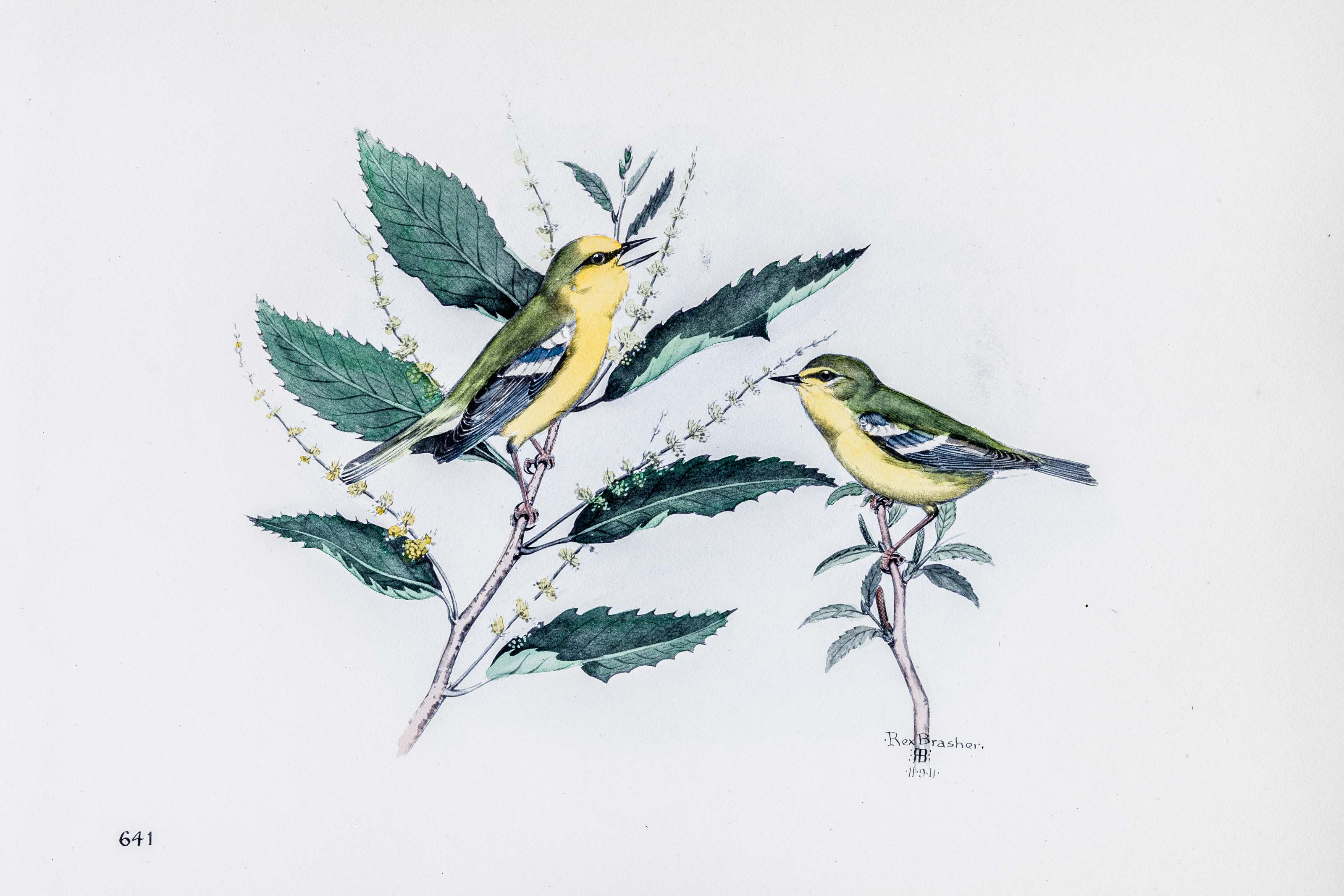
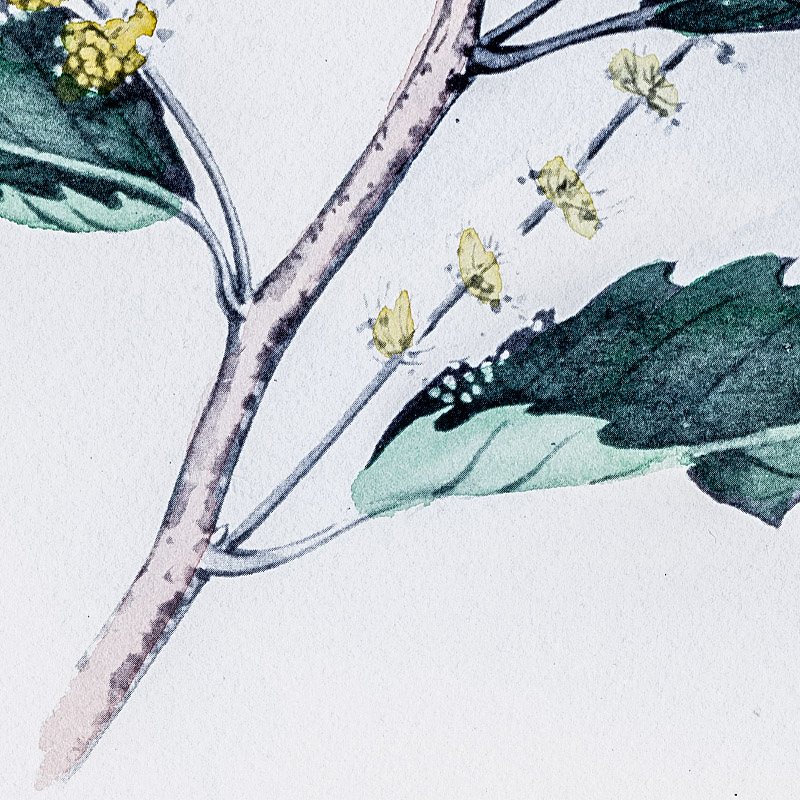
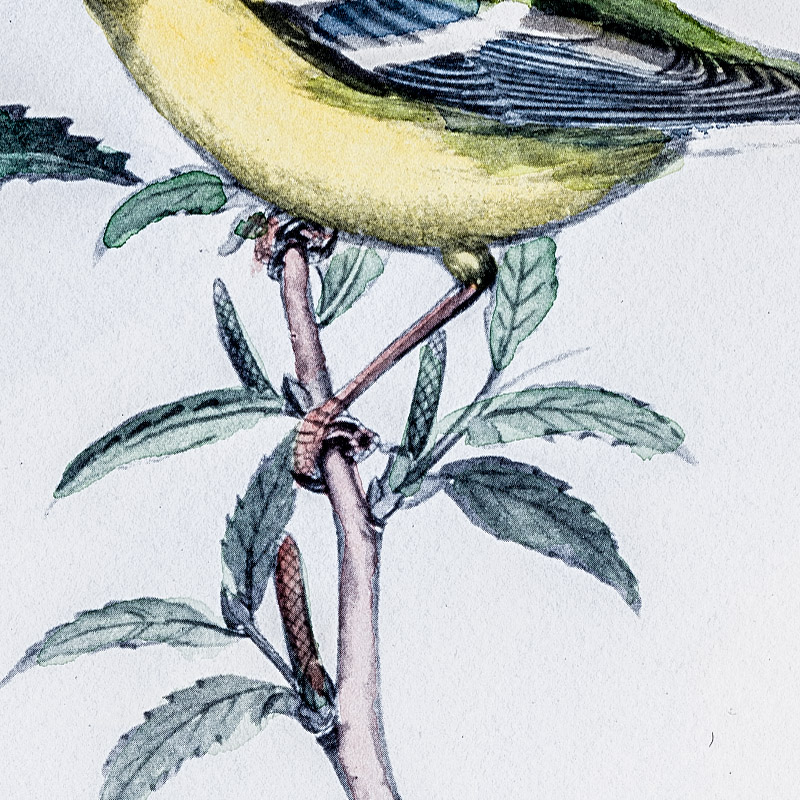
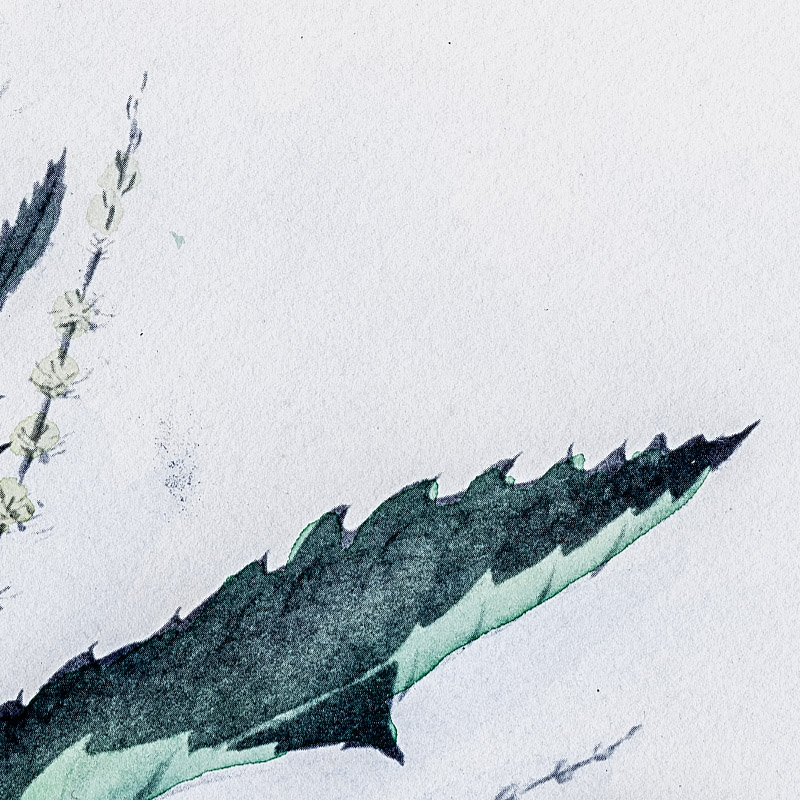

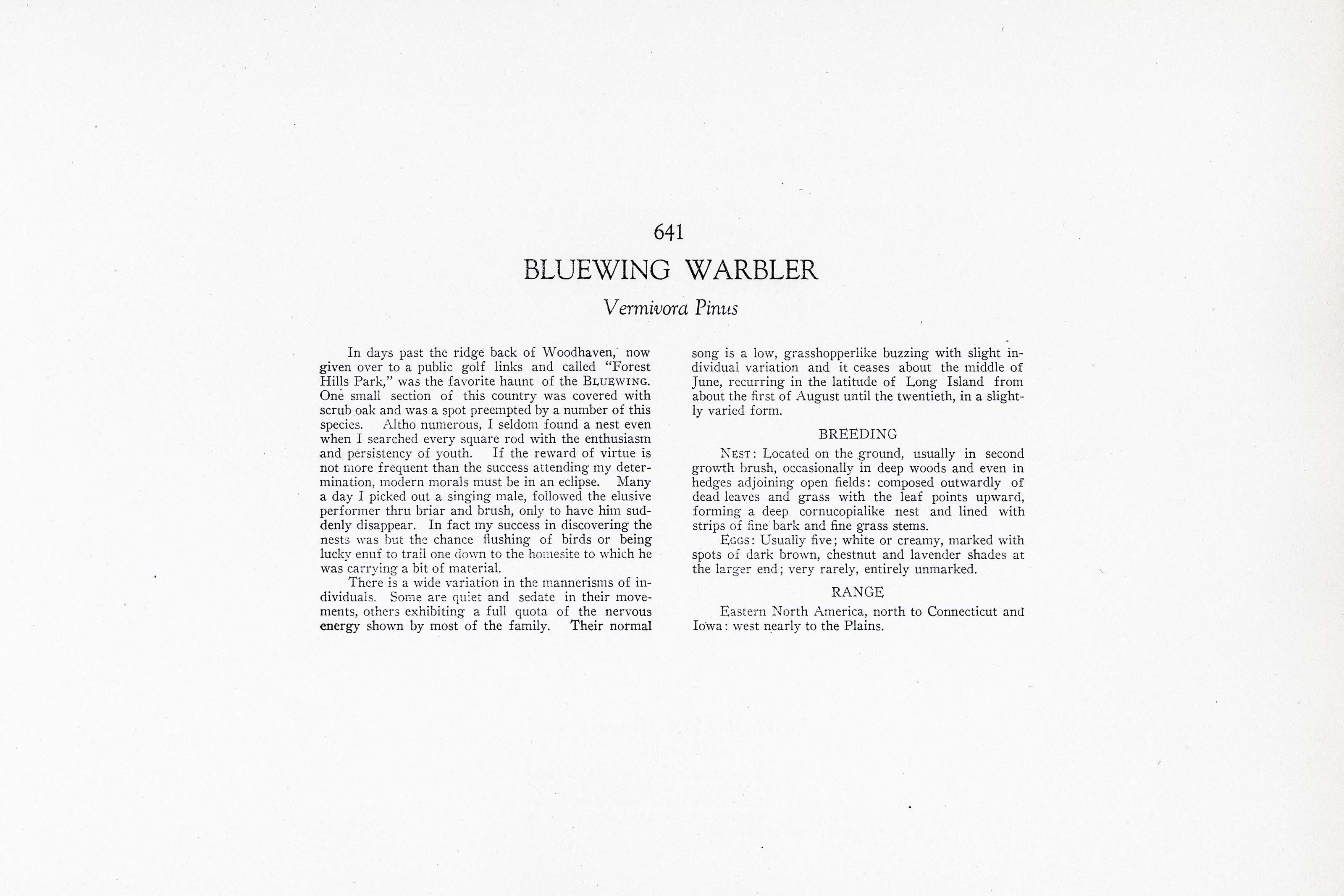

1911
1930
11
641
A team of dedicated board members, volunteers, and student interns has published every page in Volume 9. This volume includes 360 images of paintings and lyrical descriptions of birds, now available online for everyone to enjoy anywhere in the world. This is a monumental task. Each volume requires approximately 400 hours to photograph, edit, transcribe, catalog, and publish online. We need your support to complete this work.
If you're tech-savvy, have a good eye, are meticulous with details, and love structured data, please consider volunteering by emailing us at hello@rexbrasher.org.
We encourage all bird lovers and supporters to consider a monetary donation to support our mission to make Rex's work available for everyone. You can provide a one-time or recurring donation online.
In days past the ridge back of Woodhaven, now given over to a public golf links and called "Forest Hills Park," was the favorite haunt of the BLUEWING. One small section of this country was covered with scrub oak and was a spot preempted by a number of this species. Altho numerous, I seldom found a nest even when I searched every square rod with the enthusiasm and persistency of youth. If the reward of virtue is not more frequent than the success attending my determination, modern morals must be in an eclipse. Many a day I picked out a singing male, followed the elusive performer thru briar and brush, only to have him suddenly disappear. In fact my success in discovering the nests was but the chance flushing of birds or being lucky enuf to trail one down to the homesite to which he was carrying a bit of material.
There is a wide variation in the mannerisms of individuals. Some are quiet and sedate in their movements, others exhibiting a full quota of the nervous energy shown by most of the family. Their normal song is a low, grasshopperlike buzzing with slight individual variation and it ceases about the middle of June, recurring in the latitude of Long Island from about the first of August until the twentieth, in a slightly varied form.
NEST: Located on the ground, usually in second growth brush, occasionally in deep woods and even in hedges adjoining open fields: composed outwardly of dead leaves and grass with the leaf points upward, forming a deep cornucopialike nest and lined with strips of fine bark and fine grass stems.
EGGS: Usually five; white or creamy, marked with spots of dark brown, chestnut and lavender shades at the larger end; very rarely, entirely unmarked.
Eastern North America, north to Connecticut and Iowa: west nearly to the Plains.
A small tree averaging 40 feet high, with a heavy trunk sometimes three feet in diameter, distributed from southern Pennsylvania to the valley of the Neches River, Texas. Shrubby in the east, arborescent in western part of its range.